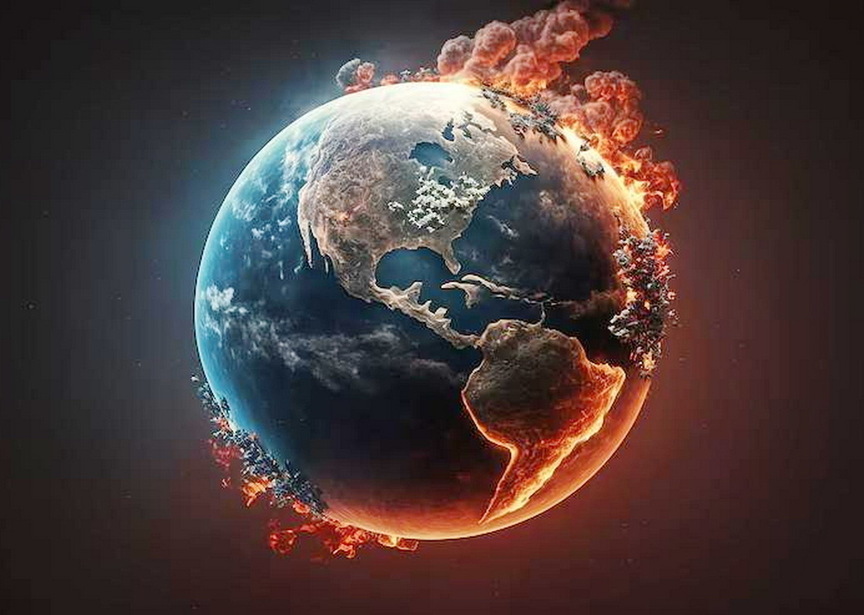
The Earth, our stubborn blue marble, is groaning under the weight of its own instability. Like a drunkard stumbling home at dawn, its rotation wobbles unpredictably—faster, then slower, as if the very laws of physics have grown weary of consistency. Scientists whisper of a deeper unraveling: the core, that seething iron forge beneath our feet, is thrashing like a caged beast.
Imagine a top spinning on a warped table—this is our planet now. The axis tilts; the magnetic field flickers. Volcanoes, those ancient pressure valves, hiss with renewed hunger. Even the atmosphere, that thin veil between us and oblivion, thickens with heat like a feverish breath. "We are witnessing a planetary mutiny," one physicist remarked, "where every layer—from crust to ionosphere—rebels against equilibrium."
The consequences? A cascade fit for mythology: cities drowned by tsunamis, farmlands baked into cracked pottery, and perhaps—most cruel—a suffocating sky as oxygen flees like a coward from battle. NASA's models paint this slow-motion apocalypse in sterile graphs, but the truth is visceral: Earth is a patient coding on the table.
Yet humanity fusses over politics and pennies. As tectonic plates grind their teeth, we argue over borders. As magma chambers stir, we scroll past warnings like unwanted ads. The clock ticks—not with the precision of Swiss engineering, but with the erratic spasms of a dying watch. The question isn't
we'll heed the alarm. It's whether we'll still recognize the world when we do.



















